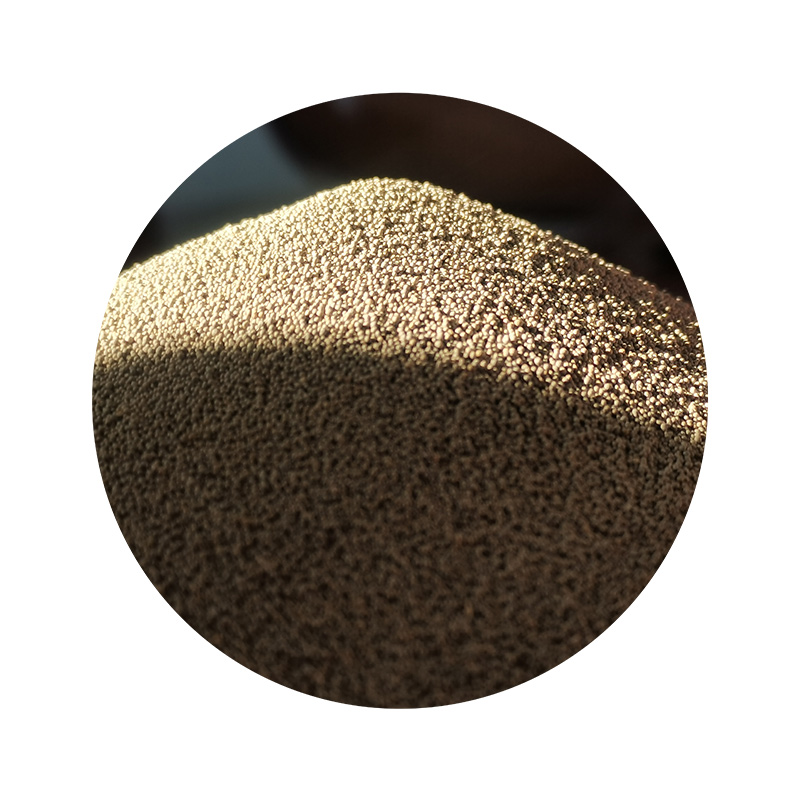The Revolution of 3D Sand Printing Shaping the Future of Manufacturing
In recent years, 3D printing technology has made significant strides, impacting various industries from healthcare to aerospace. One of the most intriguing developments within this domain is 3D sand printing, a method that utilizes sand as a primary material to create complex and intricate designs. This innovative technique is not only transforming traditional manufacturing processes but also offering sustainable solutions to meet modern demands.
Understanding 3D Sand Printing
At its core, 3D sand printing involves the layer-by-layer deposition of sand to create molds or objects, typically through a process known as binder jetting. In this technique, a liquid binder is selectively deposited onto the sand particles, which then adhere to one another, forming a solid structure. Once the desired shape is achieved, the unbound sand is removed, leaving behind a robust mold which can be used for metal casting or other applications. This process allows for high precision and detail, resulting in intricate designs that would be challenging or even impossible to accomplish using traditional methods.
Applications Across Industries
The versatility of 3D sand printing has led to its adoption in various sectors. In manufacturing, it has streamlined the production of casting molds, significantly reducing lead times and material waste. Traditionally, creating molds could take weeks or even months, but with the efficiency of 3D sand printing, the same molds can be produced in a matter of days. This rapid production capability allows for quicker prototyping and more agile manufacturing processes.
In the architecture and construction sectors, 3D sand printing opens up new possibilities for creating complex geometries that enhance aesthetic appeal and structural integrity. For instance, architects can experiment with intricate designs that were previously unfeasible due to the constraints of conventional building materials and methods. Furthermore, as the world faces environmental challenges, 3D sand printing offers an opportunity to utilize locally sourced materials, reducing the carbon footprint associated with transport and resource extraction.
3d sand printing

Sustainability and Resource Efficiency
One of the most significant advantages of 3D sand printing is its sustainability. Traditional manufacturing methods often involve significant waste, as materials are cut away from a larger block. In contrast, 3D sand printing utilizes only the exact amount of material needed to create the final product, minimizing waste. This efficiency is particularly critical in industries where the costs of raw materials are rising, and environmental regulations are becoming stricter.
Moreover, 3D sand printing can incorporate recycled sand, further enhancing its sustainability profile. By adapting to the circular economy model, this technology aids in reducing the demand for virgin materials and promotes resource conservation.
Challenges and Future Prospects
Despite its numerous benefits, 3D sand printing is not without challenges. The technology requires substantial initial investment in terms of machinery and expertise. Additionally, while the technology is advancing rapidly, there remain limitations in the types of materials that can be effectively used in the printing process. However, ongoing research and development are expected to address these challenges, potentially expanding the range of applications for 3D sand printing.
As we look to the future, the potential of 3D sand printing will undoubtedly continue to grow. With technological advancements, more industries are likely to adopt this innovative approach to manufacturing, resulting in faster production times, reduced waste, and greater design freedom. Ultimately, 3D sand printing stands on the frontier of transforming the way we think about construction and manufacturing, paving the way for a more efficient and sustainable future.
In conclusion, as 3D sand printing technology evolves, it will play a pivotal role in shaping various industries by enhancing flexibility, efficiency, and sustainability. The coming years promise exciting developments as we harness this technology to create a more innovative and environmentally friendly world.
Post time:Dùbh . 16, 2024 06:43
Next:3d sand printing
